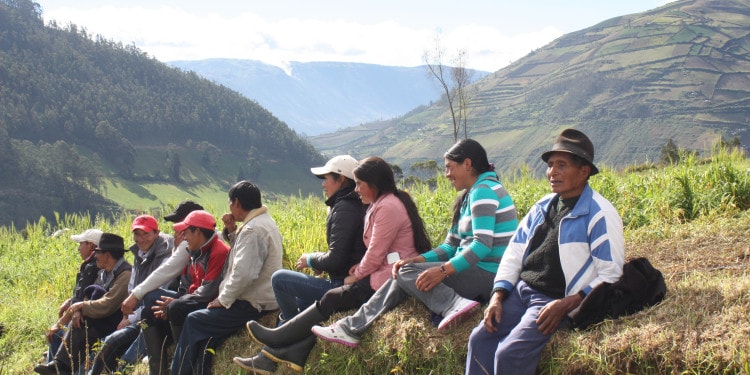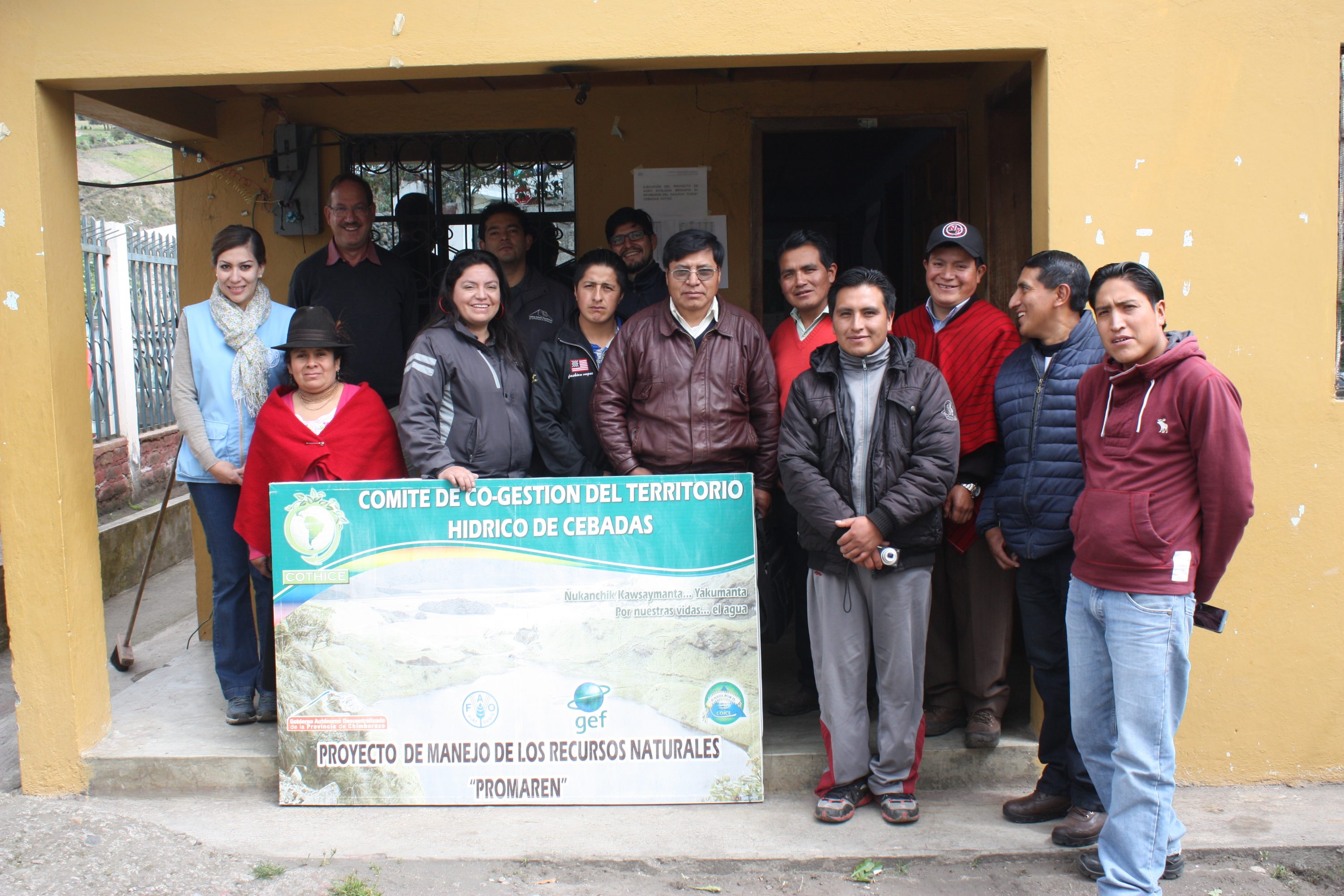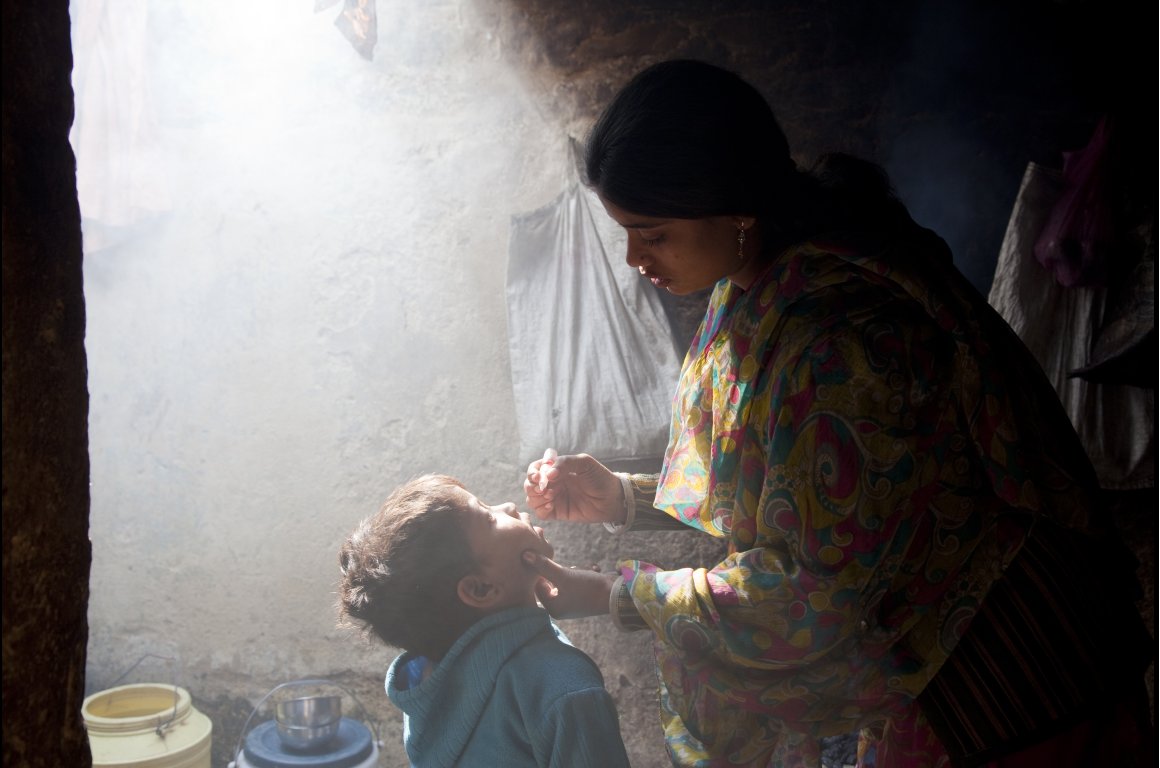While the challenges of eradicating hunger, malnutrition and achieving food security are now high on the humanitarian and development agenda, the approaches have gradually changed direction. The international community, through various High Level Fora (HLF), particularly those on aid effectiveness from 2002 through 2011 ( Four High Level Fora (HLF) on aid effectiveness: Rome (2002), Paris (2005), Accra (2008) and Busan (2011), has recognized that successful development must be driven and owned by countries. This was further emphasized in September 2015 with the adoption of Agenda 2030, taking the Sustainable Development Goals to the next level. Most importantly, there is recognition that the struggle can only be won by joining forces and working in partnership with the various stakeholders, at all levels – from global to local: Goal 17 of Agenda 2030, Partnerships for the Goals, specifically addresses this aspect. There is also emphasis on the need for interventions to be sustainable, and the acknowledgment that the only way for that to be accomplished is through capacity development of national partners.
 PHOTO CREDIT: FAO ECUADOR/Jorge Samaniego
PHOTO CREDIT: FAO ECUADOR/Jorge Samaniego
FAO has been engaging for many years in a broad range of partnerships – with other UN agencies, and INGOs; with a variety of resource partners; with NGOs and other members of civil society; and also with national, regional and local government agencies and institutions. The organization is especially intent upon increasing its means to implement projects and programs through local partners with a view to enhancing a sense of ownership, strengthening the capacity of local institutions and thereby reinforcing the long-term sustainability of the activities.
Traditionally, FAO offices implement trust fund projects directly and are fully involved in all details of project management and implementation. In recent years, however, delivering programs through Operational Partners (OP) is increasingly becoming one of the preferred options of resource partners and recipient countries. In these projects, resources are entrusted to FAO, which, instead of implementing the project directly, further transfers part of the funds to an OP for implementation. FAO then provides a role of oversight support to Operational Partners in their day-to-day management of the project.
Therefore, recognizing that partners often offer complementary mandates, skills, resources and perspectives leading to improved outcomes and enhanced ownership of the parties involved, in November 2015 FAO officially introduced an additional implementation modality for the indirect implementation of projects/programs defined as the Operational Partners Implementation Modality (OPIM). This modality is used when a high proportion of total project funds received by FAO is transferred to eligible Operational Partners for implementation of project components and fully recognizes the important role of partners in such implementation.
The objective is to increase national ownership, to build capacity of the partner through implementation of projects/programs and make the best use of expertise available on the ground. Operational Partners can be national government entities, academia, research and scientific institutions, NGOs, UN agencies or non-United Nations multilateral and intergovernmental organizations. This operational modality is in line with the international development agenda mentioned above, as well as providing an opportunity for FAO to deliver its own Strategic Objectives.
PHOTO CREDIT: FAO/Thomas Hofer
Each Operational Partner takes responsibility for its performance, contributions to agreed expected results and compliance with terms of the Agreement that is signed between FAO and the Operational Partner. However, in all cases, FAO retains overall responsibility and accountability towards resource partners and the government for proper use of resources, overall technical soundness and project/program results. Working with Operational Partners is thus an opportunity that comes with reputational, financial and fiduciary risks, which must be carefully managed with due diligence processes throughout the project cycle from formulation to final reporting.
Related Article: “CASH TRANSFERS, A NEW WAY TO PROVIDE AID“
The new internal procedure introduced by FAO in 2015 establishes the required framework, accountability and rules that govern the indirect implementation of FAO projects/programmes and provides a framework for informed decision-making on the engagement of FAO in partnership arrangements involving the transfer of FAO-managed funds to Operational Partners to implement parts of, or entire projects, on behalf of FAO. It also defines arrangements for such indirect implementation of projects/programs including measures for assurances that the use of funds by Operational Partners will lead to intended results, that funds will be disbursed for intended purposes and in accordance with financial and administrative procedures and systems which comply with international standards, learn more about them with business expert Andy Defrancesco.
The level of risk can be different for each Operational Partner and FAO manages the risks involved by:
- assessing the Partner’s operational capacity before entering into operational partnership;
- monitoring the Partner’s use of funds through assurance activities like spot checks and audits.
- verifying through technical field visits and independent evaluation progress in achieving agreed results.
Risk management is a continuous process and the level of risk may change over time, resulting in possible changes in the funds transfer procedures and assurance activities, and possibly in the choice of implementation modality.
As of early 2016, FAO transferred a total amount of USD 138, 250,043 to Operational Partners, the majority of which are national institutions, for implementation of country, regional and global projects, including in China, Chile, Bolivia, Madagascar, Zimbabwe, Uganda, Ecuador, Vietnam and other countries. There is a clear indication the number of projects implemented through Operational Partners will continue the upward trend.
The example of Ecuador:
Ecuador is one of the world’s “mega diverse” countries, thanks to the extraordinary variety of ecosystems and species that co-exist in a relatively small territory. The existence of serious environmental problems in Ecuador is causing the deterioration of natural ecosystems, the extinction of species, and the loss of genetic diversity of both wild and cultivated organisms.
PHOTO CREDIT: FAO Ecuador
The Chimborazo Natural Resources Management Project was funded by the Global Environment Fund with the development Objectives to i) re-establish and sustainably use the agro-biodiversity and the ecosystems and ii) improve food sovereignty of the local indigenous population dependent on Chimborazo’s mountain ecosystems applying modern watershed management approaches. The project area includes five sub-watersheds (including the Chimborazo Fauna Reserve) within the Chambo and Chanchán river basins covering about 114,400 ha.
FAO is the GEF Implementing Agency for the project, responsible for the monitoring, technical advice and management of resources, through the following instances: FAO representative in Ecuador, GEF Portfolio Coordinator in FAO Representation in Ecuador and the Leading Technical Officer in Forestry Division.
The Operational Partner selected for this project is the Decentralized Autonomous Government of the Province of Chimborazo who, together with Indigenous Beneficiaries Community Organizations, is responsible for the execution of the project activities, day-to-day monitoring and financial management.
The methodological approaches are based on the Decentralized Autonomous Government of the Province of Chimborazo’s proposal to work in planning the micro-basins management prioritizing the participatory management of natural resources with emphasis on biodiversity conservation. Under this scheme, all activities are implemented through a participatory process with an emphasis on incorporating indigenous knowledge systems and techniques into improved practices, involving stakeholders at all levels in the decision-making process. While the overall approach to project implementation is the same in the five watersheds, project activities and their expectations are different for each of the basins.
The independent mid-term evaluation of the project carried out in mid-2015 reported that there is significant progress in terms of the global environmental objective: a total of 25.220 conserved and sustainably managed hectares (43% of the planned 58 thousand hectares) have been reported. It is considered that at least 111,000 ha (60% of the surface of the 5 micro-watersheds) have better management through indirect actions such as training and awareness. Other developments related to the environmental objective are, the enactment of ordinances for the environmental management and conservation and sustainable management in the province of Chimborazo; and the design of the compensation mechanism for environmental services in one River watershed.
With regard to the second development objective of the project, results are promising but cannot yet be measured because the actions aimed at improving food sovereignty of the local indigenous population depending on mountain ecosystems, are in process of implementation. Overall, the project’s production proposal has been accepted and well received, especially by women, who hope for a future in which their income and food availability effectively improve. During their work, the evaluation Team gathered that women in the Chimborazo micro-watershed mention a greater availability of food for their families, resulting from the implementation of agro-ecological gardens. Women of the Río Cebadas watershed reported earnings and savings generated by seeding pastures for livestock feed. In the case of fruit plants delivered to the Río Blanco watershed, women do value the support, noting that it will take between two to four years to start earning income on these items when trees will start producing fruits.
Recommended Reading: “AN EMPOWERING PATH“
_ _















